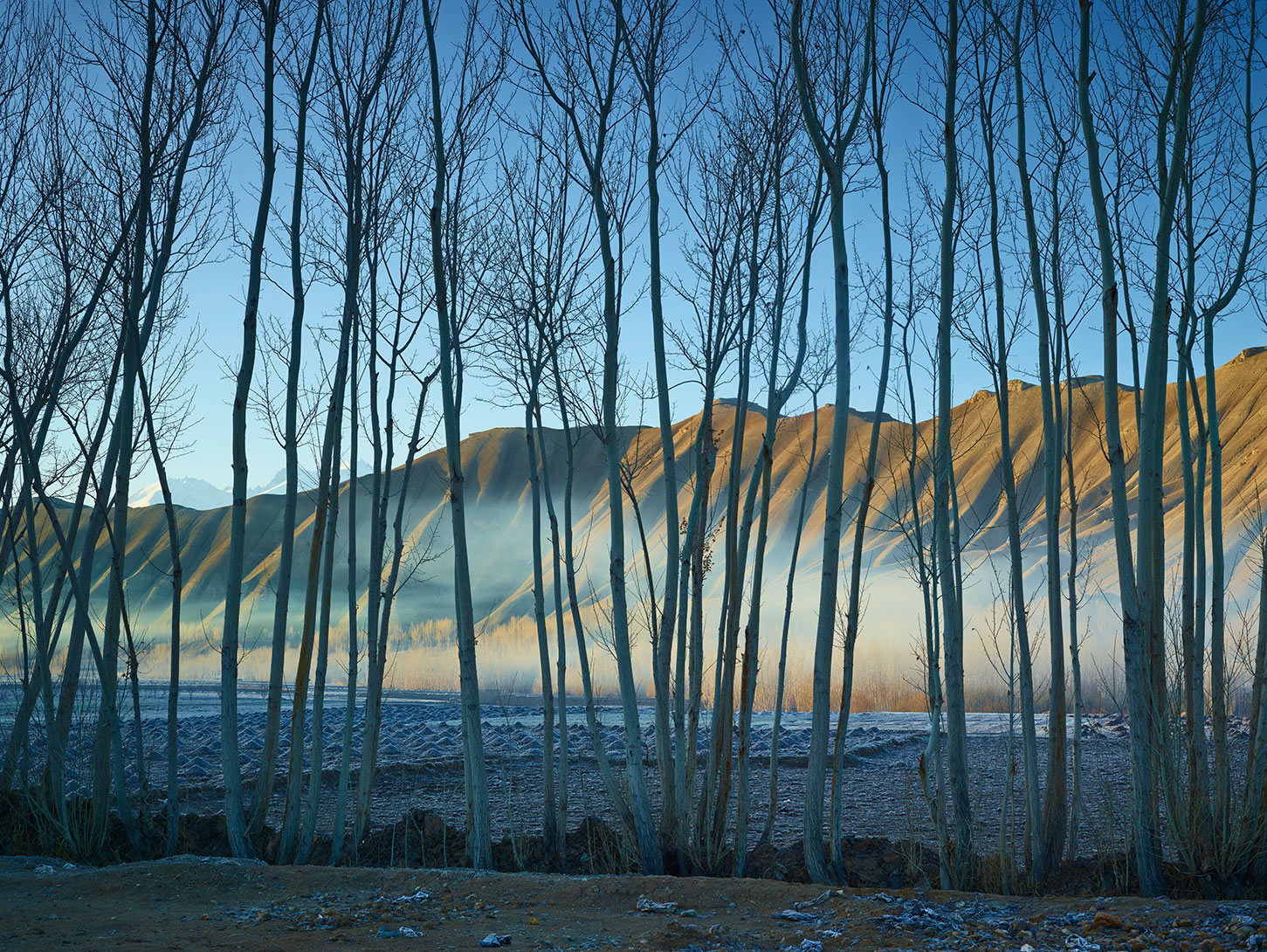
Afghanistan is a country Simon Norfolk knows well. Since his first visit in 2001, he has returned to the rugged slopes of its snowcapped mountains and gritty valleys at least a dozen times, first in 2002 to depict the ruins of its war-torn towns (Afghanistan: chronotopia) and then again in 2010, to create a series mirroring the earlier work of Victorian photographer John Burke with a modern perspective (Burke + Norfolk).
Traveling from London, where he is currently based, Norfolk has returned eight times over the course of 2013 to bring back an image of Afghanistan that belongs to and speaks of the Afghan people, without turning away from the bruises of war, he says. In Time Taken, Norfolk paints a romantic portrait of one of the most distinctive and poetic aspects of the country: its landscape.
“I wanted something that would say not much about soldiers, helicopters, drones, not about all that kind of thing, which fills the press in the West,” Norfolk says. “I wanted to show something that was the opposite of that.”
Traveling across Bamiyan province, in the central uplands of the country, equipped with a Phase One camera, a digital back, a tripod and the reassuring presence of a good translator to help with security and interactions, Norfolk produced a series of 12 intimate “portraits” of a changing landscape, from winter to summer and back again, tracing the passage of time through details like the snow line “that marches up the mountain as the summer progresses and then descends as the autumn comes on.”
As he embarked on this project during the British and American troops’ withdrawal, yet another episode in Afghanistan’s long history of conflicts and conquerors, Norfolk attempted to summon up the unseen soul of the country. “There was something about this Afghanistan that was there before, and all the way through [the conflict] and that will continue afterwards. The enduring Afghanistan.”
The landscape bears deep wounds. But when nurtured by the farmers, a new cycle of nature, a new hope, rises. Norfolk describes the local farmers as untrained, untaught amateur engineers and talented landscape architects, who cut drainage ditches, smooth fields and dam streams. To those who wonder where Afghan culture lies, Norfolk replies without hesitation: “The landscape itself. The landscape is created by hand, thousands and thousands of hours of hand work,” he says. “[Culture] is all around you.”
Norfolk calls himself an archeologist. “I wanted something that was about history itself, that was about time and time’s thickness,” he says. “On the top of my camera there’s like a dial that says a thirtieth of a second, a fifteenth of a second … I wanted to set the camera to a year, photograph a whole year,” to show the thick layers of which Afghanistan is composed.
The process involved a high degree of unpredictability. The mellow, ethereal aesthetic of the photographs recalls the dreamy atmosphere of romantic European paintings – the golden light in John Constable, J.M.W. Turner and Claude Lorrain’s canvasses – as an endless font of inspiration. To capture the smooth golden light and avoid the wind, Norfolk shot in the early hours of dawn and at sunset. Still, the landscape could change erratically as a result of meteorological forces or human actions, as when a farmer built a wall across the view of his camera. Out of the 60 sequences he took, he saved a dozen. The work also evolved into a video multimedia project, where the slideshow proceeds at the speed of human breathing at rest, Norfolk explains. “I wanted it to have that breathy slowness to it. I live by the sea now, and I wanted to be like the rhythm of the waves breaking on the shore on a very calm day.”
Mostly, Time Taken is a “love poem,” the photographer unabashedly admits. “I’ve never met anybody who has been to Afghanistan who hasn’t fallen in love with the place,” he says. “Everybody I know has this Afghanistanitis.”
Simon Norfolk is a landscape photographer whose work predominantly focuses on conflict zones and on the concept of battlefield in all his forms. His latest work, Time Taken, will be shown at the Michael Hoppen Gallery, in London, from Aug. 3 to Sept. 8.
Lucia De Stefani is a writer and contributor to TIME LightBox. Follow her on Twitter and Instagram.
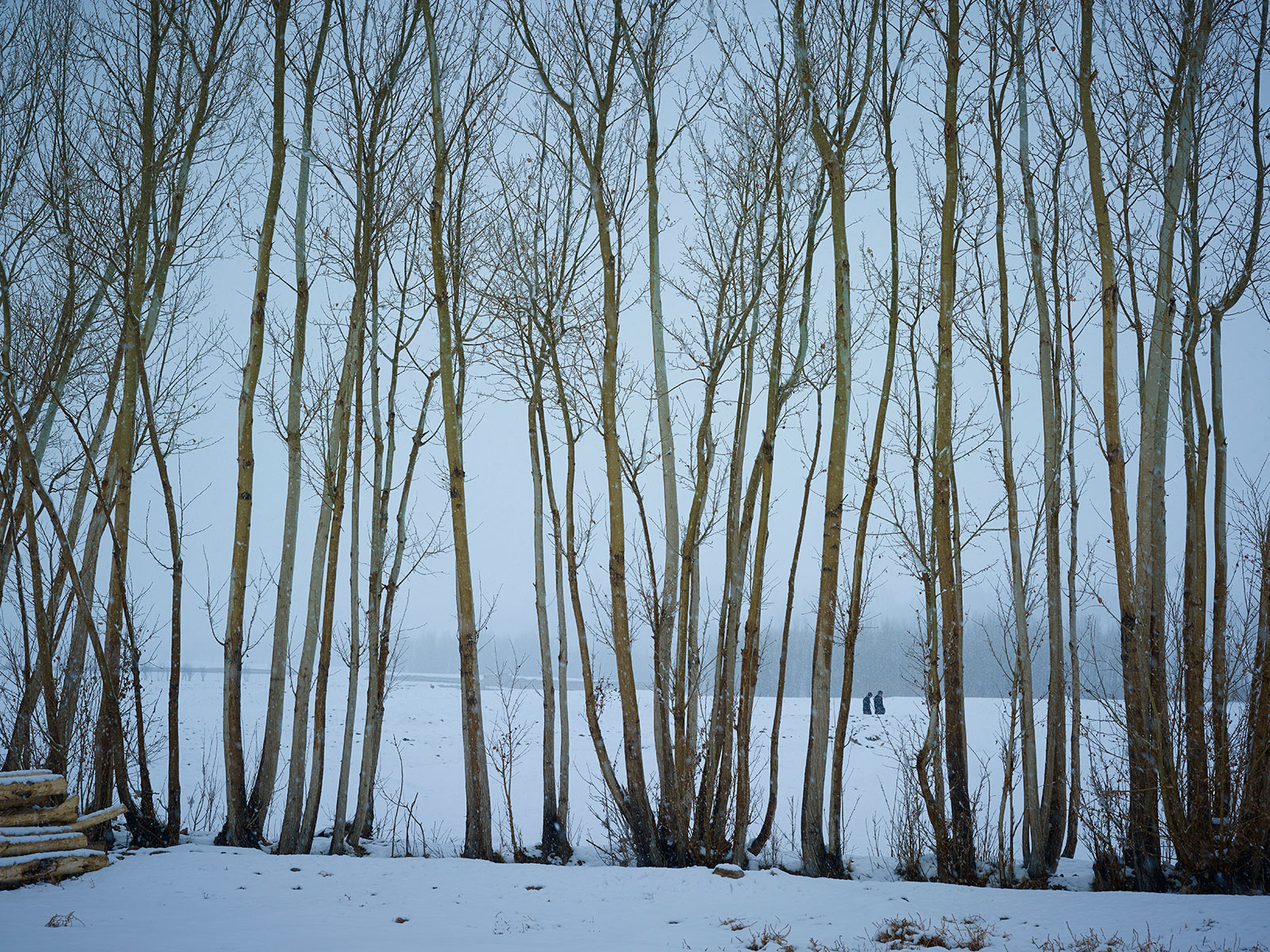
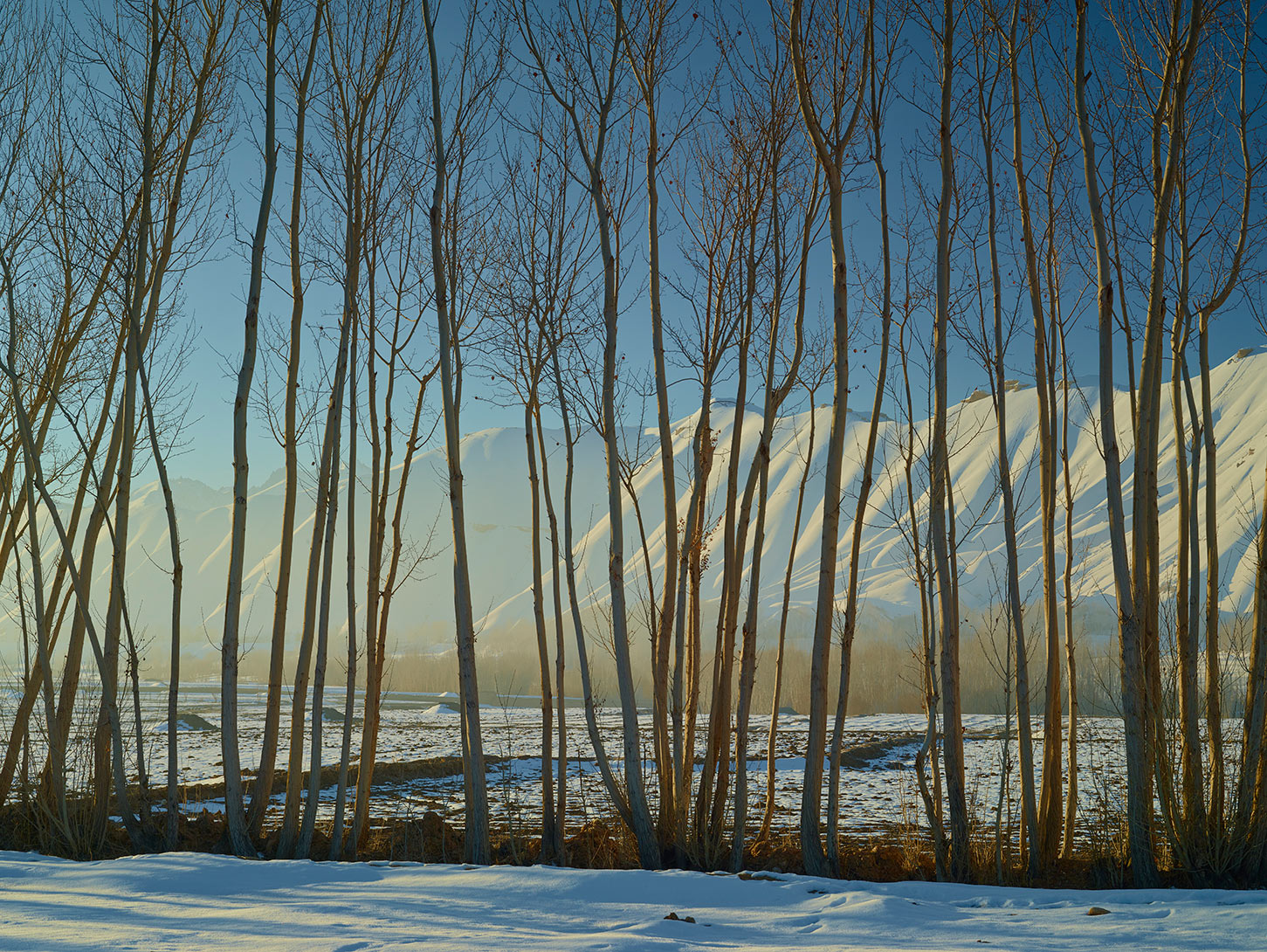
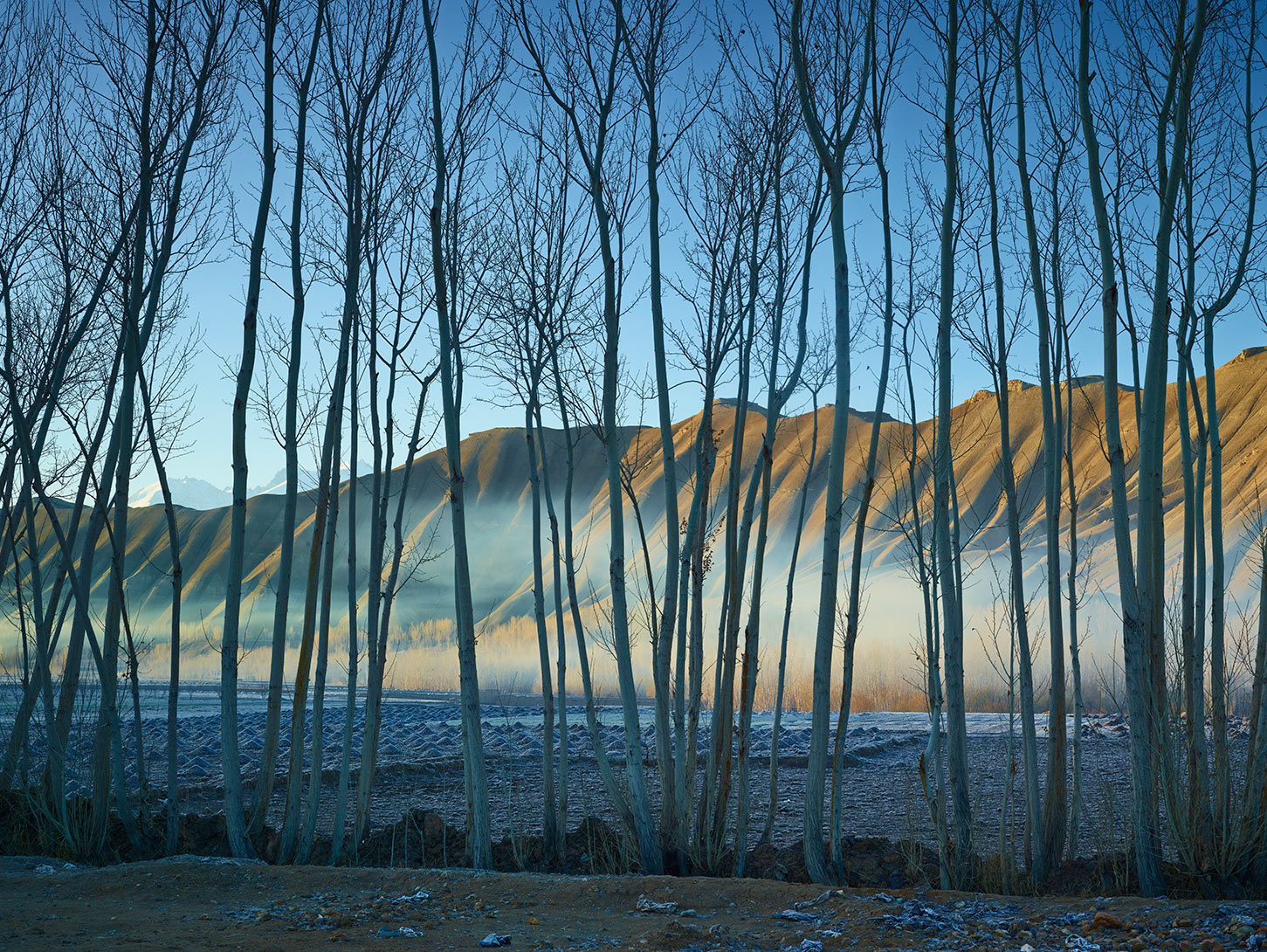
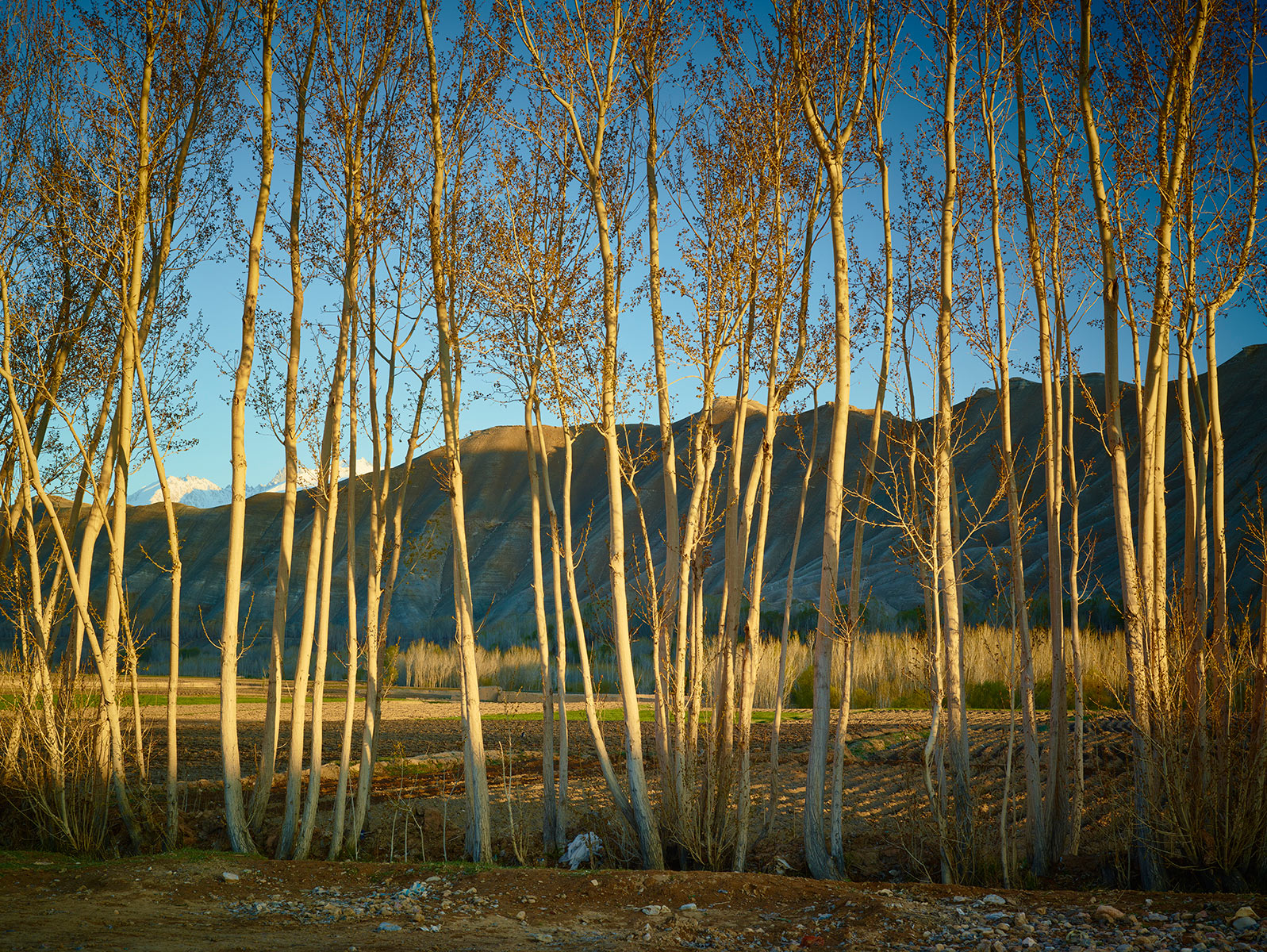
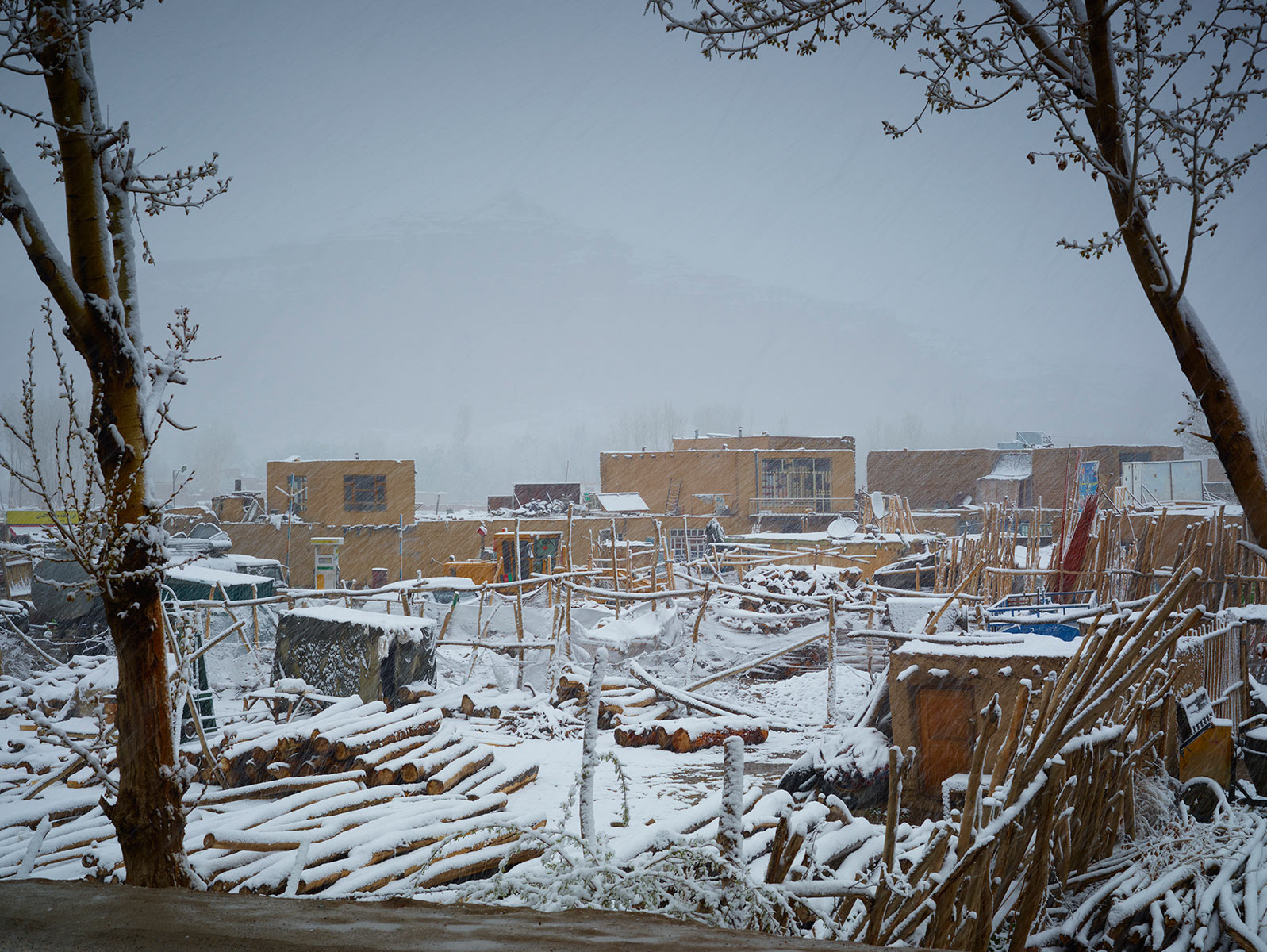

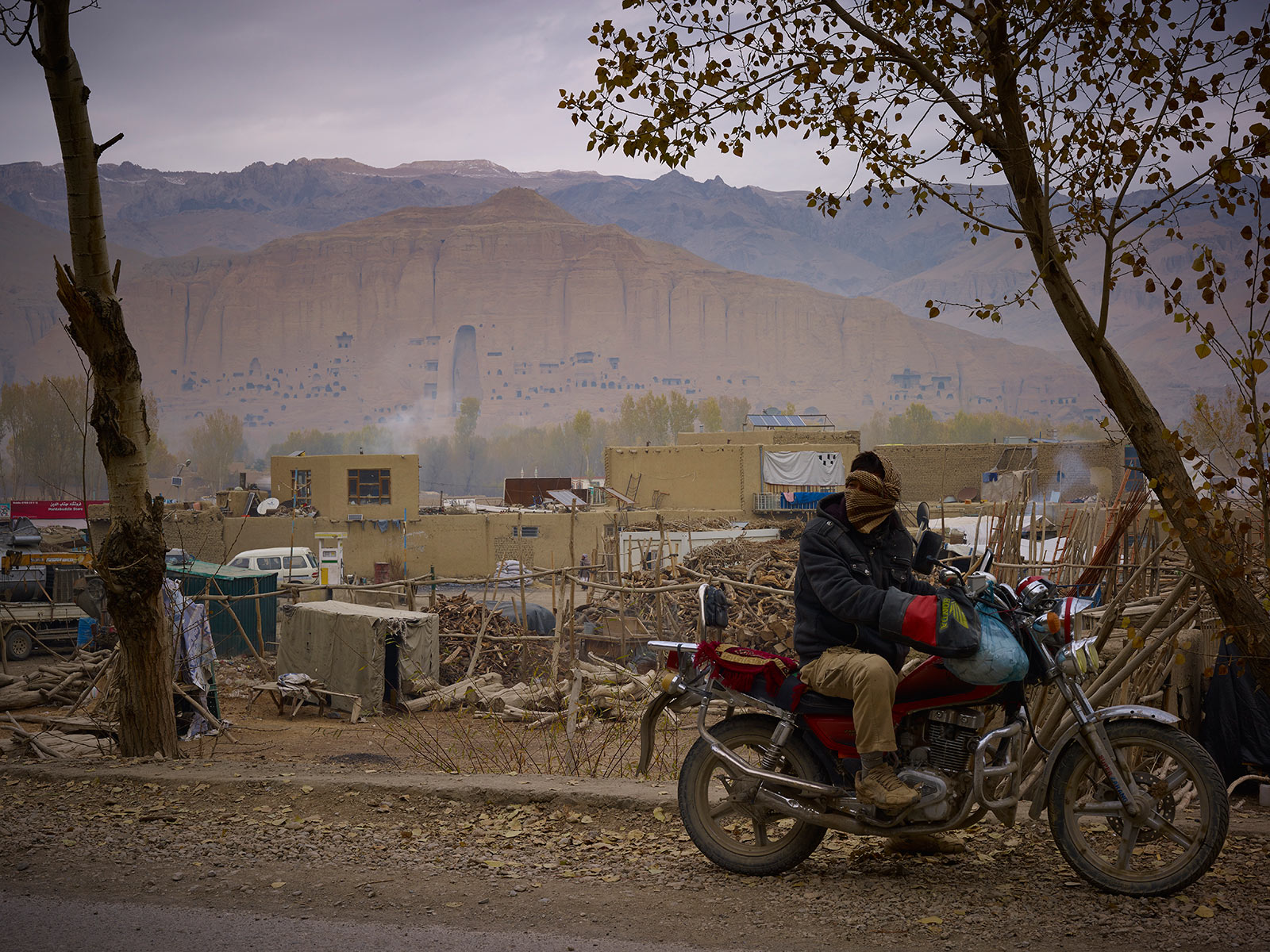
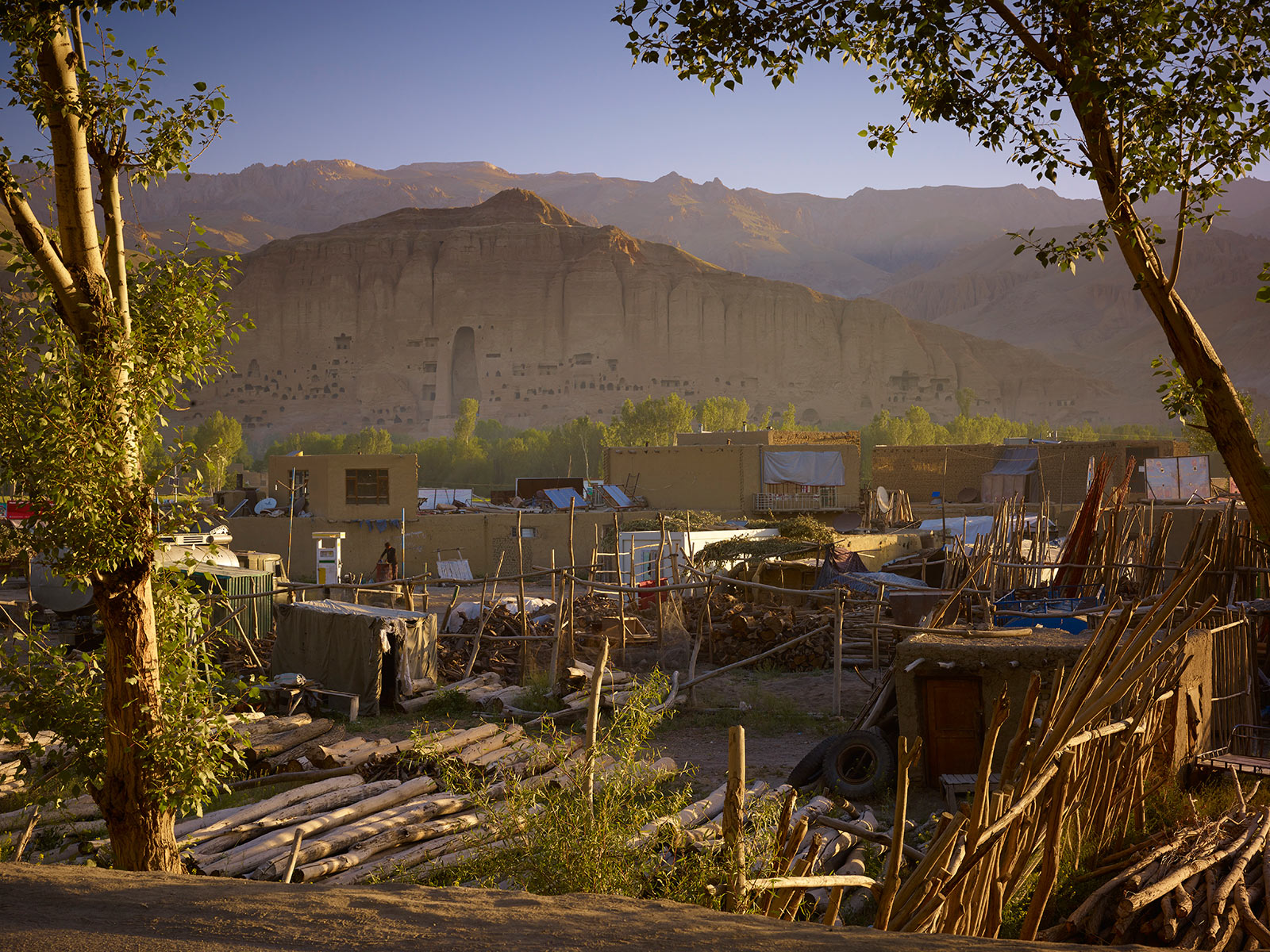
More Must-Reads from TIME
- Donald Trump Is TIME's 2024 Person of the Year
- Why We Chose Trump as Person of the Year
- Is Intermittent Fasting Good or Bad for You?
- The 100 Must-Read Books of 2024
- The 20 Best Christmas TV Episodes
- Column: If Optimism Feels Ridiculous Now, Try Hope
- The Future of Climate Action Is Trade Policy
- Merle Bombardieri Is Helping People Make the Baby Decision
Contact us at letters@time.com